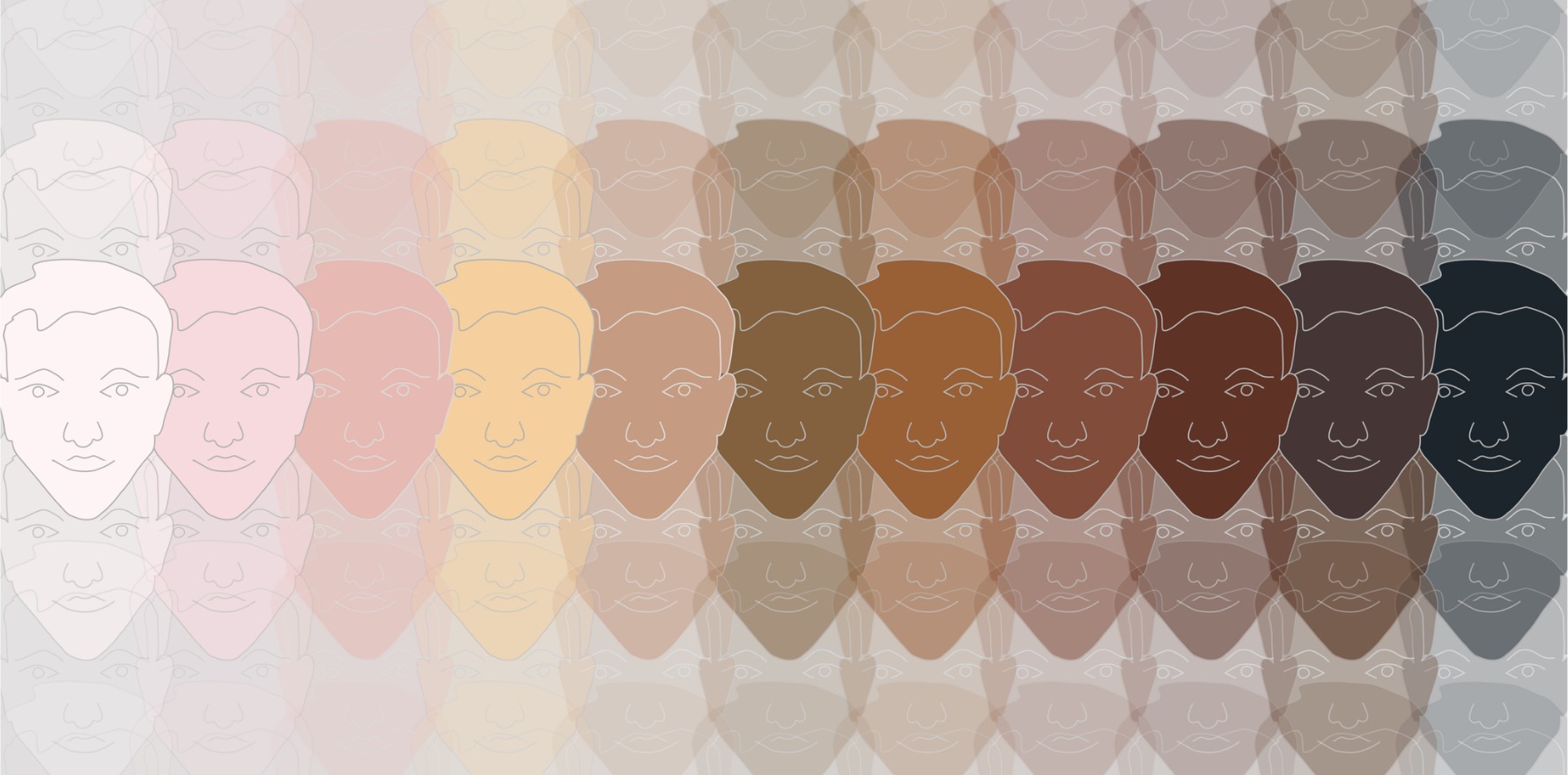Cancers and other skin conditions can present differently in people of colour, and the lack of Australian data could be costing lives.
More needs to be done to understand the specific needs of Australians with skin of colour, to prevent skin cancer deaths and progression to serious disease, experts have warned.
Writing in an MJA Perspective this month, Melbourne dermatologist Dr Michelle Rodrigues and Monash University PhD candidate Mr Ayooluwatomiwa Oloruntoba said the lack of specific Australian data on skin cancer in people of colour could impact timely diagnosis and best outcomes.
“Registries in the United States show that skin cancer in patients with skin of colour often presents at more advanced stages of disease and this is associated with an increased risk in mortality compared with patients of European ancestry,” they wrote.
“Advanced presentation of skin cancer has also been identified in Australia’s Indigenous population as well as New Zealand’s Maori and Pacific population.
“Despite multiple genetic and social factors, including barriers in accessing health care services, impacting on patient outcomes, it is clear that the clinical differences in skin cancers in people with skin of colour can lead to missed or delayed diagnosis. This results in poorer clinical outcomes in people with skin of colour, including increased risk of distant organ metastasis and premature mortality.”
The incidence and mortality rate of melanoma in Australia’s population is among the highest in the world and could be explained by factors such as Australia’s high ambient ultraviolet radiation, a culture that promotes leisure in the sun, and its predominantly fair-skinned population, the authors wrote.
“However, 7.6 million migrants live in Australia, making it one of the most ethnically diverse countries in the world,” they wrote.
“Moreover, the extent to which Australians with skin of colour are affected by melanoma and keratinocyte skin cancer in Australia remains elusive. Recording skin phototype, immigration status and country of birth, alongside racial and ethnic background [which we have termed “SIRE data”] in skin cancer registries will be advantageous in many ways.”
Speaking to The Medical Republic, Dr Rodrigues said research in the US and UK showed people with richly pigmented skin might not be at increased risk of skin cancer, but skin cancers typically occurred in areas of the body less that were less common in Caucasian populations.
“What’s different in skin of colour is that the skin cancers can come up in places that are little known, like the palms of the hands, soles of heel, and the nails,” she said.
“As a result they can often be advanced at the time of presentations.”
The lack of specific research and education about Australians with skin of colour might help explain at least part of the results of a 2018 study published in the Australasian Journal of Dermatology, that found 25% of Australian dermatologists were not entirely confident in treating medical conditions in patients with skin of colour.
Dr Rodrigues said Australia was lagging behind the US by about a decade when it came to research and data gathering. And she said it wasn’t just limited to skin cancer in Australians with skin of colour.
She said many dermatological conditions presented differently in skin of colour and required difference treatment. She said relying on data from countries like the US and UK was not enough.
“The thing here is, we don’t know what we don’t know,” she said.
“Till now we’ve never had representation in skin of colour within the dermatology space [in Australia], or within many spaces.
“Textbooks are very much dedicated to Caucasian skin and it’s understandable because dermatology was a specialty that was born out of Europe, and developed in reference to Caucasians so it all makes sense.
“The terms that we use, the clinical signs we look for, are ones that we can see in lighter skin. So there are many [doctors] who are unaware that skin colour is actually structurally functionally and biologically different.
“And as a result of this, we’ll have variations in presentation, meaning diseases can be misdiagnosed, under-diagnosed, and underestimated in severity of disease which can lead to poorer outcomes.”
Dr Rodrigues said the differences extended to response to therapeutics, including topical therapy, oral medication and newer targeted biologic therapies.
“We see many diseases within the dermatology space that are actually different when it comes to safety and efficacy in certain cultural groups.”
In the MJA Perspective, the Dr Rodrigues and Mr Oloruntoba revealed there were no population-based cancer registries in any Australian state or territory that capture all aspects of SIRE data.
The data collected varies between cancer registries and although no registry collects skin phototype, the South Australian population?based cancer registry is the only registry that collects race, and the Australian Cancer Database primarily collects country of birth and Indigenous status.
“The discrepancy in data collection among the population?based cancer registries makes it impossible for the national registry to collate SIRE data,” they wrote.
“We have identified an opportunity to bridge the gap that exists in Australian skin cancer registry data. We propose that SIRE data should be sensitively and uniformly obtained and recorded in our skin cancer registries going forward.
“Success in collecting SIRE data begins with Australian primary care centres and dermatologists. Collecting SIRE data will help us address knowledge gaps and improve community awareness of skin cancer among patients with skin of colour.
“It also provides much needed quality material for medical education and addresses potential AI biases in skin cancer classification which serve to improve skin cancer outcomes for people with skin of colour in Australia.”
They also pointed out that the issue was not reserved just for dermatology. A study evaluating 4146 images in clinical textbooks found that less than 5% of the images included dark skin tones.
Under-representation of skin of colour images in dermatology textbooks (skin phototypes V–VI) also contributed to poorer skin cancer outcomes in people with skin of colour, highlighting the importance of resources that show different skin conditions and pathologies in darker skin types.


